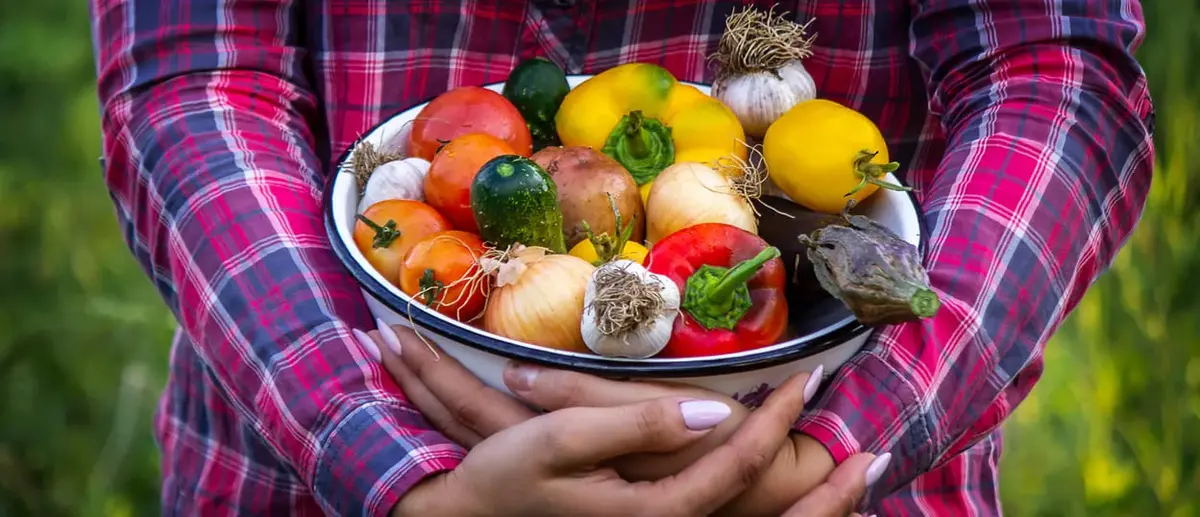Gardening
Best Vegetable Pairings to Grow for Bigger, Tastier Harvests

Companion planting transforms your vegetable garden into a thriving, self-sustaining ecosystem. Choosing the best vegetable pairings results in healthier plants and bigger yields.
By growing vegetables that support each other, you improve pest control, boost flavor, and maximize space. Beginners and experts alike benefit from these smart planting strategies. Let’s explore seven vegetable pairings that truly deliver garden magic.
1. Corn, Beans, and Squash: The Classic Trio
Corn, beans, and squash are known as the “three sisters” in traditional gardening. This trio supports and strengthens each other.
Corn grows tall and acts as a natural trellis for beans. Meanwhile, beans enrich the soil with nitrogen. Finally, squash spreads low and wide, suppressing weeds and retaining moisture.
For best results, plant corn first. Once it’s a few inches tall, add beans. Follow up with squash after the beans sprout.
2. Carrots and Onions: Pest-Fighting Duo
These root crops complement each other well. Carrots grow deep, while onions stay shallow—so they don’t compete for nutrients.
Onions also mask the scent of carrots. This deters carrot flies and protects your crop. For variety, try pairing carrots with leeks for a similar benefit.
3. Lettuce and Onions: Shade and Safety
Lettuce and onions share similar benefits as carrots and onions. Onions keep pests and rabbits away from tender lettuce leaves.
In return, lettuce shades the soil, helping keep roots cool and moist. This combo thrives even in summer when temperatures rise.
4. Tomatoes and Basil: Flavorful and Functional
Tomatoes and basil work wonderfully together both in dishes and in the garden. Basil repels pests like aphids and whiteflies.
Tomatoes attract pollinators and love the help. Plus, basil requires little care and doesn’t compete for nutrients. It enhances tomato flavor too.
5. Cabbage and Dill: Natural Pest Patrol
Dill adds more than flavor. Its strong scent attracts helpful insects that attack cabbage worms and caterpillars.
Whether growing cabbage, broccoli, or kale, dill works well. Wait until spring to plant dill, since it isn’t frost-hardy.
6. Broccoli and Beans: A Soil-Boosting Partnership
Broccoli is a heavy feeder, and beans are natural nitrogen-fixers. Together, they form a powerful growth team.
The beans enrich the soil, while broccoli supports bean growth. This balance creates strong plants with better taste and improved yield.
7. Cucumbers and Radishes: Above and Below
Cucumbers climb and spread, while radishes stay low and underground. This makes them ideal companions that won’t compete.
Radishes also act as a trap crop, luring away cucumber beetles. They improve soil structure and protect your cucumbers effectively.
Why the Best Vegetable Pairings Matter
Using the best vegetable pairings can mean the difference between a struggling garden and a productive one. Proper pairings reduce pests, improve soil, and even enhance flavor.
Smart combinations make the most of your garden space and bring out the best in each crop. Whether you’re a new or seasoned gardener, these tips will boost your harvest.
